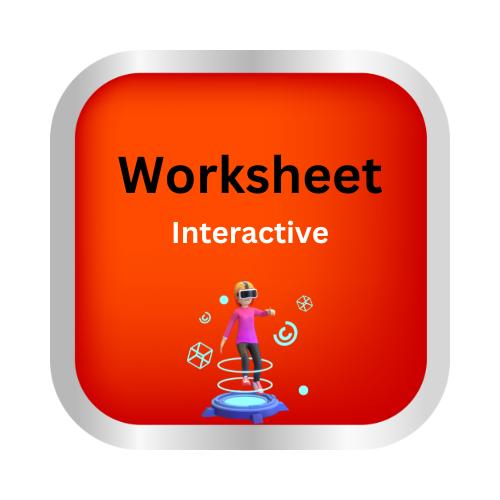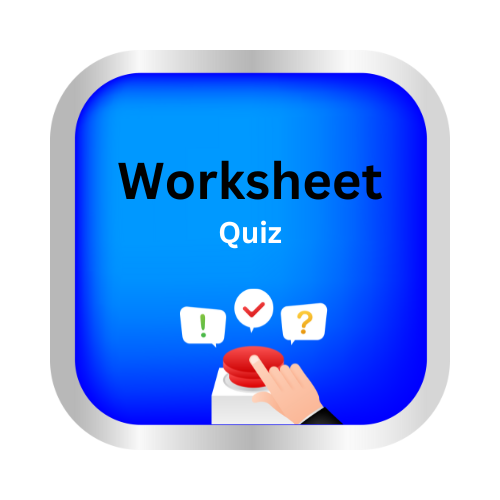Choose the best transition
Key Notes :
1. What are Transitions?
- Definition: Transitions are words or phrases that connect ideas or sentences to help make the writing flow more smoothly.
- Purpose: They guide the reader from one thought to the next, showing the relationship between ideas.
2. Types of Transitions
There are various types of transitions based on the relationship between the ideas. These include:
- Addition: Adds more information to what has already been said.
Examples: “also,” “and,” “in addition”
Usage: “I like reading books. In addition, I enjoy writing stories.” - Time/Sequence: Shows the order in which events happen.
Examples: “first,” “then,” “next,” “finally”
Usage: “First, we went to the park. Then, we had a picnic.” - Cause and Effect: Shows that one event caused another to happen.
Examples: “because,” “so,” “therefore”
Usage: “It started raining, so we went inside.” - Contrast: Shows a difference between two ideas or things.
Examples: “but,” “however,” “on the other hand”
Usage: “I wanted to go swimming, but the pool was closed.”
3. Choosing the Best Transition
- Explanation: The best transition depends on the relationship between the ideas you are connecting.
- If you are adding information, use words like “and” or “in addition.”
- If you are showing cause and effect, use words like “because” or “so.”
- If you are contrasting two ideas, use words like “but” or “however.”
- Example:
- Incorrect: “I was tired. Then, I went to bed.”
(Here, the sentence needs a cause and effect transition, not a time transition.) - Correct: “I was tired, so I went to bed.”
4. Using Transitions in Writing
- Explanation: Transitions should be used thoughtfully to ensure that the sentences or paragraphs connect logically. They help make the writing clear and easy to follow.
- Example:
“The sun was shining brightly. However, dark clouds appeared in the afternoon.”
let’s practice!

